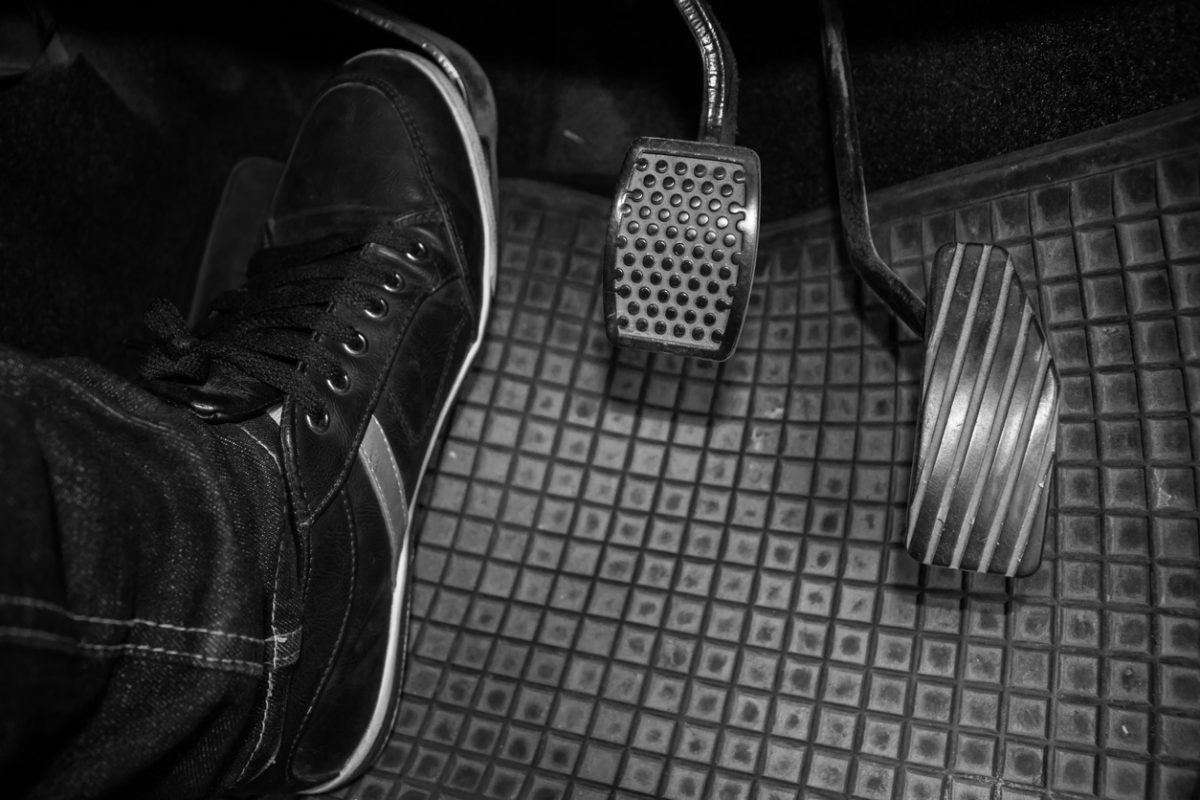In many of the vehicles we drive, the clutch is fundamental to starting a journey and helping the engine control the speed it runs at. Despite a large number of drivers using one each day, how does a clutch work?
In the following guide, we will detail how the clutch works and what its individual parts are. If you need high-quality replacement parts for your clutch, explore our wide selection of clutch kits and maintenance tools.
What is a clutch?
The clutch is the mechanical part of a vehicle that is responsible for handling power transmission between the engine and the wheels. It is mostly commonly found in manual transmission vehicles and works by engaging two shafts which transfer power to the gearbox and get the vehicle moving.
Without a clutch, the engine would stall when it and the wheels connect, as both will be moving at different speeds. The engine therefore needs to be disconnected from the wheels and gearbox to allow the driver to change gear speeds. A good way to think of the clutch is as a load-bearer; the clutch helps the car build up power and then transmits it to the wheels.
There are seven main parts which form a clutch system:
- Flywheel – stores rotational energy and transfers it between the engine and transmission
- Cover plate – connected to the flywheel and secures it to the clutch assembly
- Pressure plate – when the transmission is engaged, this ring applies pressure to the clutch plate, transferring torque to keep your car moving
- Driven plate – connects between the pressure plate and the flywheel to transfer power to the gearbox
- Diaphragm spring – similar to our own diaphragms when we breathe, this spring disc eases force on the pressure plate when releasing the clutch pedal, disconnecting the transmission from the wheels
- Release bearing – presses against the clutch fingers to disengage the clutch
- Release fork – pushes the release bearing against the clutch fingers
How the clutch works
Most clutch systems work with friction to engage or disengage the transmission of power:
- During travel, the clutch is engaged. This means that the driven plate is receiving force from the pressure plate
- The driven plate operates on an input shaft, which in turn helps the driven plate transfer power to the gearbox
- When you press down on the clutch pedal, the clutch is disengaged and is released from the pressure plate, allowing you to change gear
- As you release the pedal, power is transferred back towards the wheels and keeps the vehicle running smoothly
Different types of clutches
Depending on your vehicle, the clutch can take a different form. These include:
- Manual transmission clutch– most common and described above
- Automatic clutch – changing of gears is controlled by a computer. Found in automatic transmission vehicles
- Centrifugal clutch – uses rotational force to power equipment such as chainsaws and lawn mowers
- Cone clutch – transmits power and torque via friction between two conical surfaces. Found in racing and off-road vehicles
The transmission, like many parts in a car, can experience issues from time to time. To help you begin diagnosing these issues, read our guides on how to spot a transmission leak and how to check your vehicle’s transmission fluid levels.



